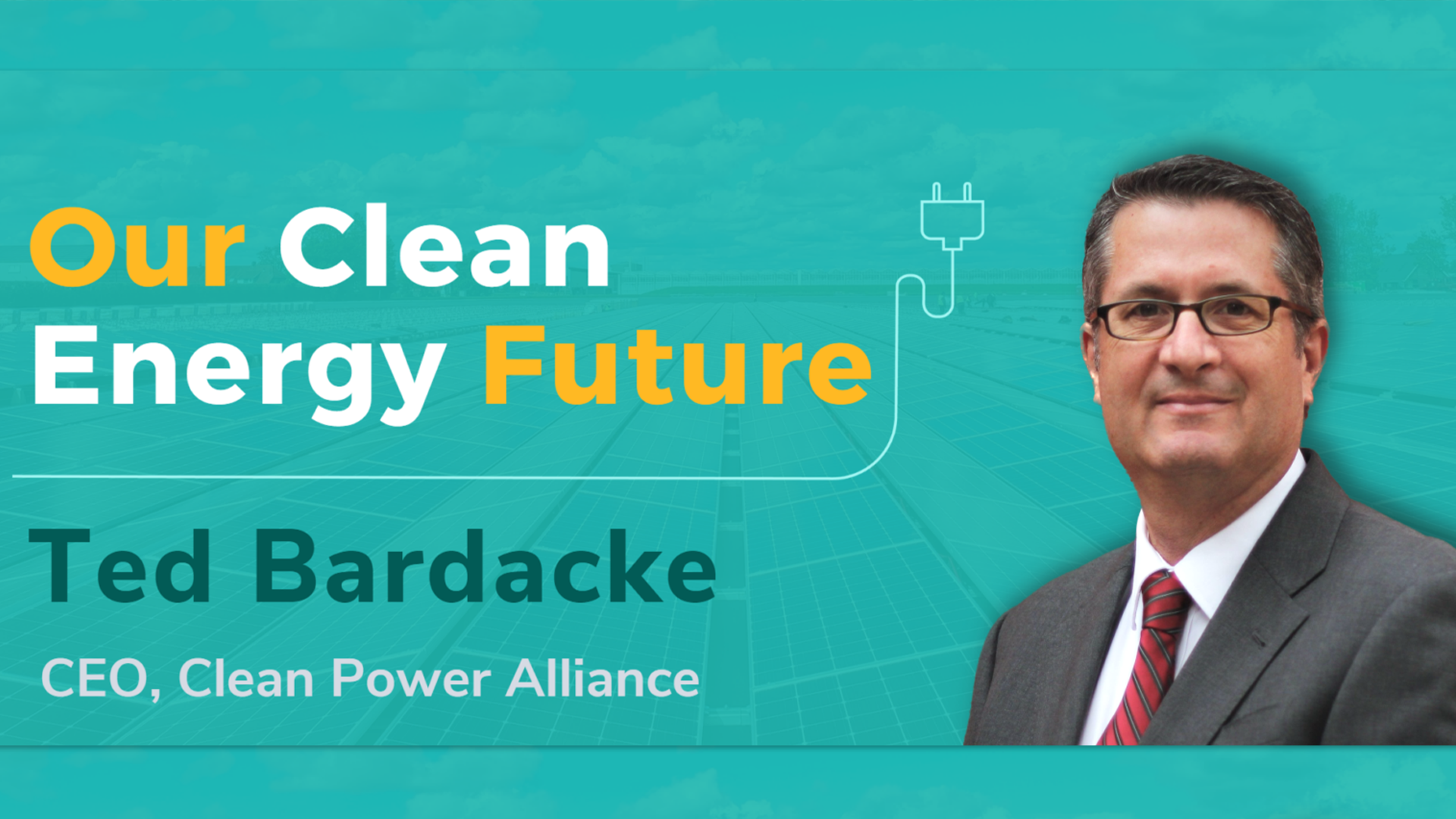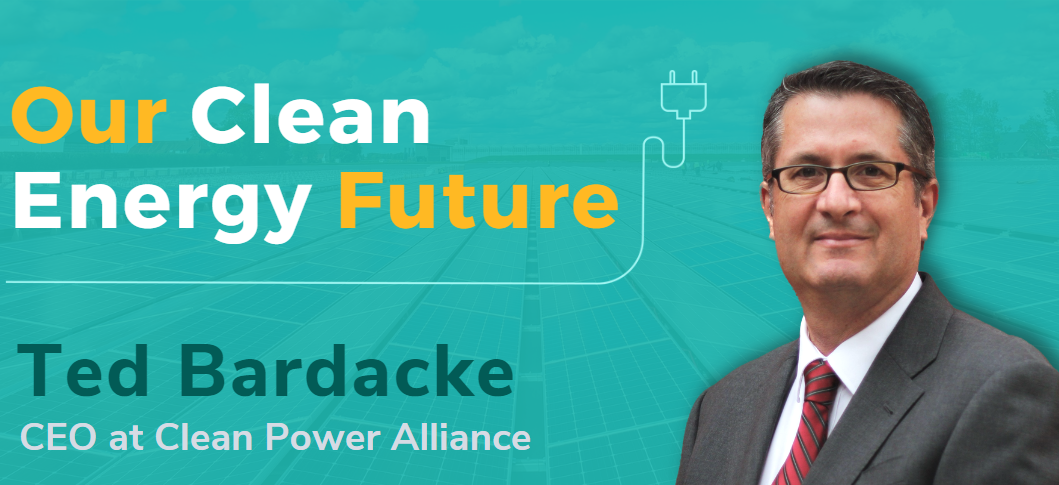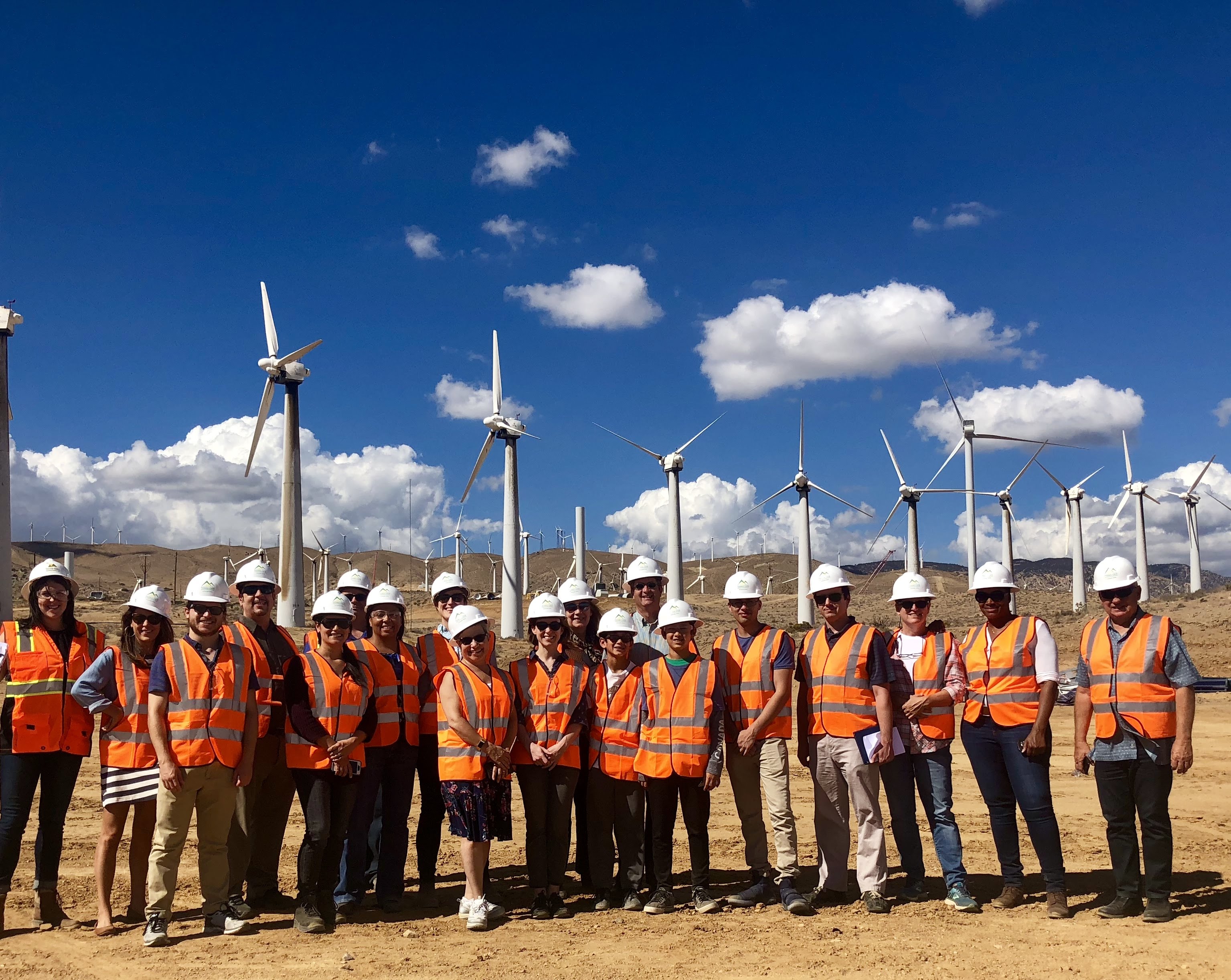We spend a lot of time here at CPA talking about the weather. And it’s not just idle chit-chat, even as that has been the norm for thousands of years. Nor is it because we are concerned about climate change, which, of course, we are.
Rather, weather is impacting the electricity grid and energy business like never before. We plan for extremes and then something more extreme happens, such as heat domes covering the entire western United States, three years of drought followed by one of the wettest years on record, or smoke from wildfires causing both lower solar energy production and higher demand as people use their air conditioning and fans more.
These and other weather events have proven to be a formidable challenge to an electricity system that developed over decades of a relatively stable climate. Who could have predicted that while the Northern Hemisphere experienced the hottest summer ever recorded in 2023, that California’s summer the same year would be the coolest since 2011. Even this highly industrialized, highly planned, highly regulated system still, ultimately, dances to the rhythms of nature. We humans are going to have to adapt.
There is reason for optimism that we can adapt. Some of the impact of weather on the energy system is not new, and we’ve adapted before. Ever since the mass adoption of air conditioning — enabled by mass electrification in the first place — hot temperatures have meant more electricity demand. The same is true for cold weather in those parts of the country that rely on electricity for home heating. We have adapted to these swings by everything from modifying our behavior via demand response programs and electricity pricing innovations to modernizing the grid itself by adding unprecedented amounts of battery storage.
But the newer development is that weather is now also impacting electricity supply, in addition to impacting demand, to a much greater extent than in the past. Hydroelectricity generation is less certain as rainfall patterns become erratic. Solar’s role on the grid has grown enormously — since 2017, grid-scale and rooftop behind-the-meter solar capacity have grown by about 65% and 150% respectively — but that resource is vulnerable to cloud cover and the daily reality of sundown.
There are those who argue that we ought to drill and burn our way out of this problem — attempting to fight against nature in a way that paradoxically makes the weather even more unpredictable. At CPA, we are walking down a different path, attempting to work with and harness the rhythms of a changing climate. Initially this is taking the form of record investments in battery energy storage and by paying our customers to be mindful of the weather in a different way.
However, these kinds of actions are only the beginning. There is a lot of innovation to be had in trying to work with the weather rather than fighting it — getting to a place where running the dishwasher after 10 p.m. during a heatwave is as common as carrying an umbrella when the weather forecast calls for rain. With the climate changing so rapidly, so will our efforts to keep pace.




